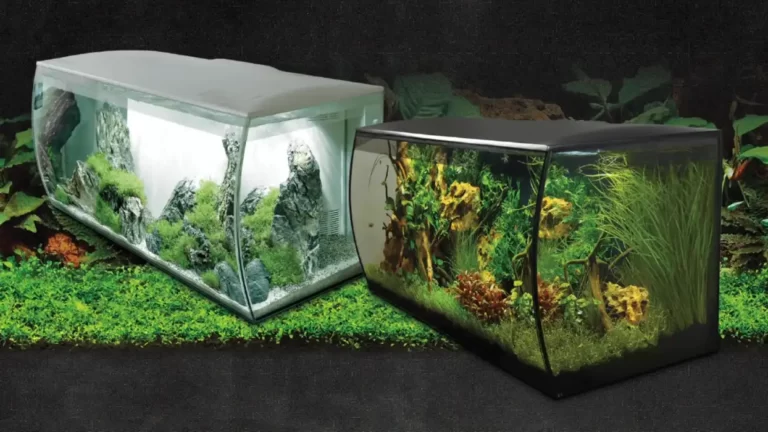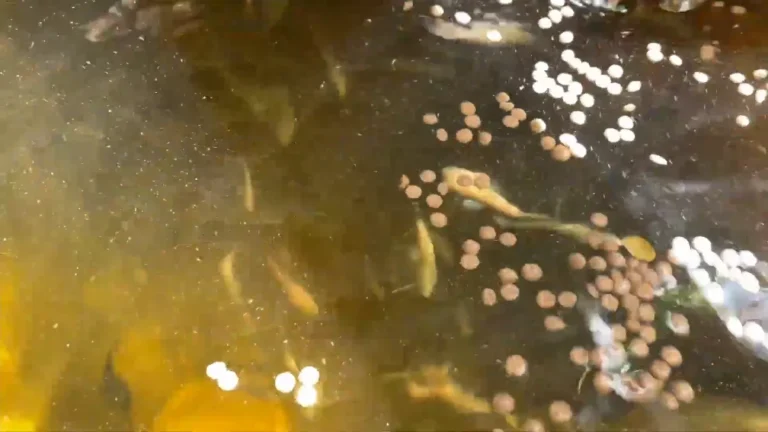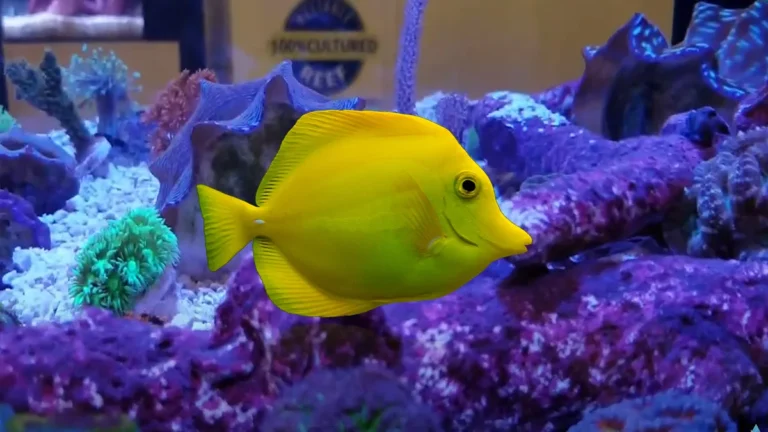Nitrite Levels in Saltwater Aquarium: Understanding the Risks and How to Control Them
Maintaining a healthy saltwater aquarium requires monitoring nitrite levels. Nitrite levels are produced by the breakdown of protein in fish waste and uneaten food. Safe nitrite levels in a saltwater aquarium are between 0.000 and 0.050 mg/L or ppm. However, some saltwater fish can tolerate levels up to 0.100 mg/L. It is important to test nitrite levels regularly, especially during the initial setup of a new aquarium, to ensure that the levels remain within safe limits.
Controlling nitrite levels in a saltwater aquarium can be achieved through various methods. Regular water changes to remove excess nitrites is one of the most effective ways. Additionally, using a protein skimmer can help remove organic waste and reduce nitrite levels. Growing macroalgae in a refugium can also help control nitrite levels by absorbing excess nutrients from the water. By monitoring and controlling nitrite levels in a saltwater aquarium, fish and other marine life can thrive in a healthy environment.
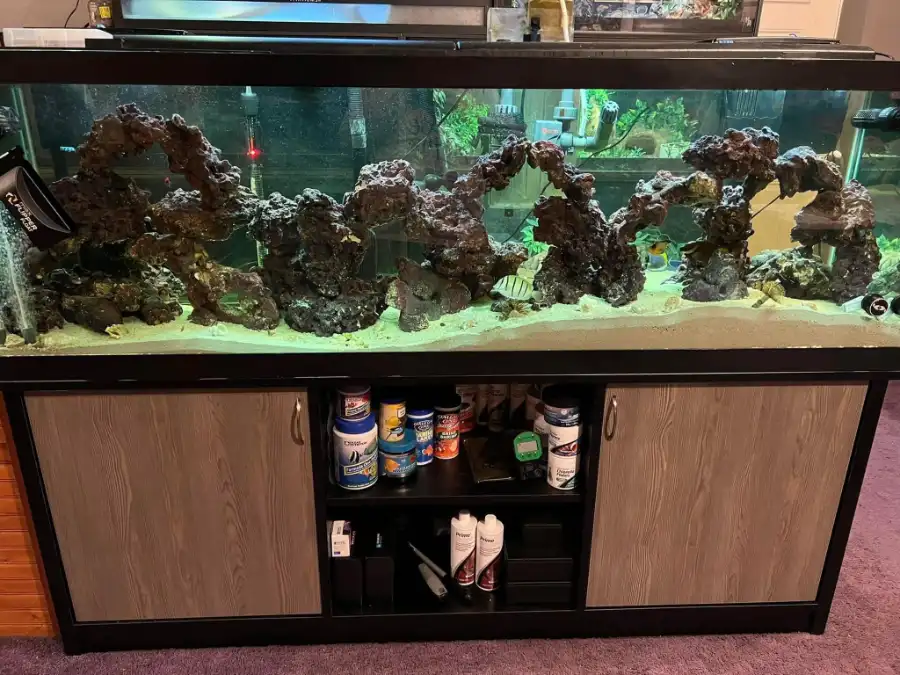
Key Takeaways
- Safe nitrite levels in a saltwater aquarium are between 0.000 and 0.050 mg/L or ppm.
- Regular testing and monitoring of nitrite levels is crucial for maintaining a healthy saltwater aquarium.
- Controlling nitrite levels can be achieved through regular water changes, using a protein skimmer, and growing macroalgae in a refugium.
What are Nitrite Levels in Saltwater Aquariums?
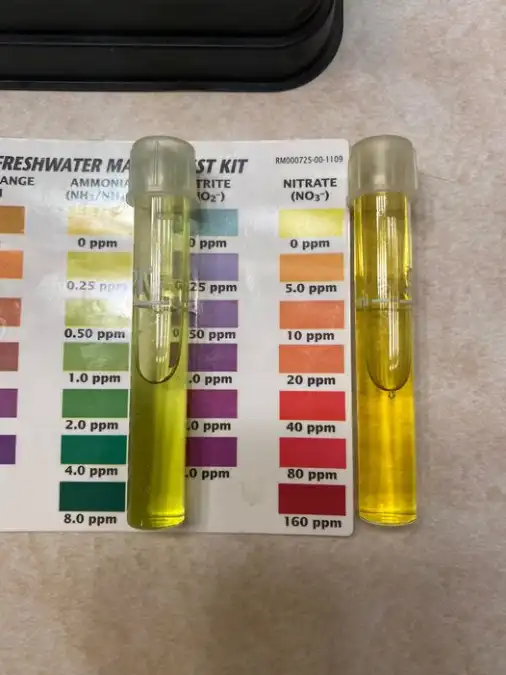
Nitrite levels in saltwater aquariums refer to the amount of nitrite present in the water. Nitrite is a toxic compound that can be harmful to aquatic life if not kept at safe levels. Nitrite is produced as a result of the nitrogen cycle in the aquarium.
During the nitrogen cycle, fish waste, uneaten food, and other organic matter decompose, producing ammonia. The bacteria in the aquarium then convert the ammonia into nitrite. Nitrite is then converted into nitrate by another type of bacteria. Nitrate is less toxic than nitrite, but high levels of nitrate can still be harmful to aquatic life.
Measuring nitrite levels in a saltwater aquarium is important to ensure the health and well-being of the aquatic life. High levels of nitrite can cause stress, illness, and even death in fish and other aquatic organisms. Therefore, it is important to keep nitrite levels within safe limits.
The safe level of nitrite in a saltwater aquarium is 0 ppm (parts per million). Nitrite levels above 0 ppm can be harmful to aquatic life. It is recommended that aquarium owners test for nitrite levels regularly and take action if levels are found to be high.
Importance of Monitoring Nitrite Levels
Health Implications for Fish
Fish are highly sensitive to nitrite levels, and high concentrations of nitrite can lead to nitrite poisoning, which can cause lethargy, loss of appetite, and difficulty breathing. In severe cases, it can even lead to death. Therefore, it is essential to monitor nitrite levels regularly to ensure that they remain at safe levels.
Using a test kit is the most effective way to measure nitrite levels in the aquarium water. If nitrite levels are found to be high, steps should be taken to reduce them, such as increasing water changes or adding nitrite-reducing bacteria. This will help maintain the health of the fish and other aquatic creatures in the aquarium.
Aquarium Ecosystem Balance
Nitrite levels play a crucial role in maintaining the balance of the aquarium ecosystem. Nitrite is produced during the nitrogen cycle, which is the process by which waste products from fish and other organisms are broken down into less harmful compounds.
However, if nitrite levels become too high, this can disrupt the nitrogen cycle and lead to an accumulation of waste products in the aquarium. This can have a negative effect on the health of the aquarium inhabitants and can even lead to an outbreak of disease.
To maintain the proper balance in the aquarium ecosystem, it is important to monitor nitrite levels and take steps to reduce them if necessary. This can include increasing the frequency of water changes, adding nitrite-reducing bacteria, or reducing the number of fish in the aquarium.
Overall, monitoring nitrite levels in a saltwater aquarium is crucial for the health and well-being of the fish and other aquatic creatures. By maintaining safe nitrite levels, aquarium owners can ensure that their aquarium ecosystem remains healthy and balanced.
How to Test for Nitrite Levels
Regular testing of nitrite levels in a saltwater aquarium is crucial for maintaining the health and well-being of the aquatic life. In this section, we will discuss the two main sub-sections for testing nitrite levels in a saltwater aquarium: Choosing a Test Kit and Procedure for Testing.
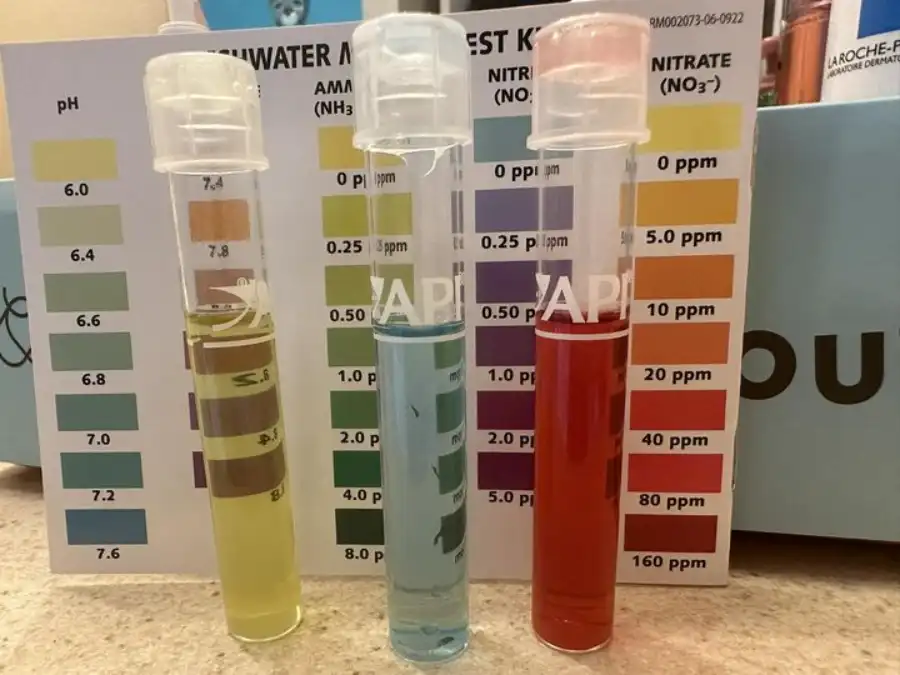
Choosing a Test Kit
When selecting a nitrite test kit, it is essential to choose one that is specifically designed for use in a saltwater aquarium. Popular brands include Hanna Marine Ultra Low Range Nitrite Checker HC – HI764 and Fritz Nitrite Test Kit. It is also important to ensure that the test kit is within its expiration date for accurate results. Expired test kits may provide inaccurate results, which can lead to incorrect diagnoses and treatment.
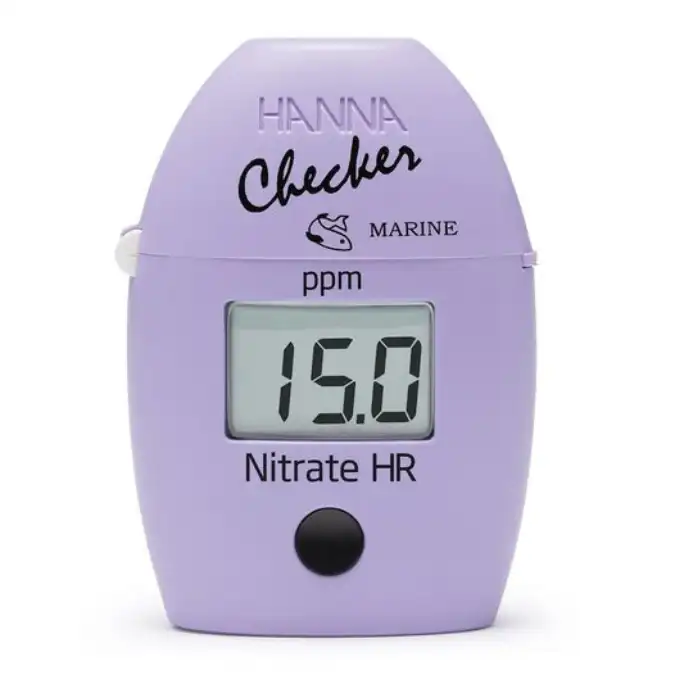
Procedure for Testing
To test for nitrite levels, follow these steps:
- Power on the nitrite test kit and wait for the screen to display “Add C1.”
- Fill a clean cuvette to the 10mL line with a sample of water from the aquarium.
- Add the appropriate amount of reagent to the cuvette as specified in the test kit instructions.
- Cap the cuvette and shake it gently to mix the contents.
- Wait for the specified amount of time for the reaction to occur.
- Insert the cuvette into the test kit and follow the instructions to read the nitrite level.
It is essential to note that nitrite levels should be at 0 ppm (parts per million). If nitrite is present, immediate action should be taken to reduce it. This can include reducing feeding temporarily, performing a small water change, or adding a nitrite-reducing product to the aquarium.
In conclusion, regular testing of nitrite levels is essential for maintaining a healthy saltwater aquarium. By following the steps outlined above and using a reliable nitrite test kit, aquarium owners can ensure the health and well-being of their aquatic pets.
Related Post: Flashing Tilefish: Freshwater or Saltwater?
How to Control Nitrite Levels
Nitrites are toxic to fish and other aquatic creatures in a saltwater aquarium. Therefore, it is important to keep the nitrite levels in check. Here are a few ways to control nitrite levels in a saltwater aquarium.
Regular Water Changes
One of the simplest ways to control nitrite levels is to perform regular water changes. Typically, about 20-25 percent of the water in the tank is siphoned out and replaced with new water. This helps to dilute the nitrite concentration in the tank. It is recommended to perform water changes on a weekly or bi-weekly basis, depending on the nitrite levels in the tank.
Using Nitrite Absorbing Products
Another way to control nitrite levels is to use nitrite absorbing products. These products work by binding with the nitrite molecules and removing them from the water. There are several types of nitrite absorbing products available on the market, such as zeolite, activated carbon, and nitrite removers. It is important to follow the manufacturer’s instructions when using these products and to monitor the nitrite levels in the tank.
Maintaining Good Aquarium Hygiene
Maintaining good aquarium hygiene is also important for controlling nitrite levels. This includes regular cleaning of the tank, filter, and other equipment. It is also important to remove any uneaten food and waste from the tank, as these can contribute to the nitrite levels. Additionally, it is recommended to avoid overstocking the tank and to provide adequate filtration and aeration.
By following these steps, it is possible to control nitrite levels in a saltwater aquarium and provide a healthy environment for aquatic creatures.
Frequently Asked Questions [FAQs]
What are the recommended nitrite levels for a saltwater aquarium?
The recommended nitrite levels for a saltwater aquarium should be zero. Nitrite is toxic to fish and can cause harm to their gills and other organs. Therefore, it is important to maintain zero nitrite levels in your saltwater aquarium.
How can high nitrite levels in a saltwater tank be lowered?
High nitrite levels in a saltwater tank can be lowered by performing regular water changes, reducing the amount of food given to the fish, and adding beneficial bacteria to the tank. Beneficial bacteria will help convert nitrite into less harmful compounds. It is important to monitor nitrite levels regularly and take immediate action if they are high.
What is the safe nitrite level for saltwater fish?
The safe nitrite level for saltwater fish is zero. Even low levels of nitrite can cause harm to fish and other aquatic organisms. Nitrite can cause methemoglobinemia, which reduces the blood’s ability to carry oxygen. This can lead to suffocation and death in fish.
To ensure the health and well-being of your saltwater fish, it is important to maintain zero nitrite levels in your aquarium. Regular water changes, proper feeding, and the addition of beneficial bacteria can help keep nitrite levels low and ensure a healthy environment for your fish.



